
The surest way to ruin that glossy, gorgeous epoxy countertop or table top you spent hours perfecting is to let it cure, put it outside, and let the blazing sun and standing rainwater wreak havoc on the surface.
Epoxy cures very hard and durable, with high resistance to abrasion, corrosion, solvents and chemicals. But it’s not able to withstand harsh sun, not even if you add mica powders or pigments to the epoxy.
Above: @pahjo_designs unprotected 12 ft. epoxy river countertop before and after prolonged UV exposure
How does sunlight damage epoxy? Continuous UV exposure will degrade and discolor an epoxy surface, turning it yellow, hazy and making it less glossy. In this post, we’ll explain how to protect your outdoor epoxy projects from UV damage so that with proper maintenance, their beauty will last for years.
Is Epoxy UV Resistant?
Most epoxy is not UV resistant. It’s just the nature of the chemicals that make up epoxy resin and hardener – they become unstable when exposed to UV (ultraviolet) light. So you need to protect the surface with a coating that is UV stable. This is important not only for outdoor epoxy surfaces, but for epoxy surfaces in rooms with lots of natural light.
Some epoxy products, such as TotalBoat MakerPoxy Artist’s Resin by Jess Crow are formulated to help resist damage from UV exposure, but even with these types of UV resistant epoxy, we recommend increasing the UV resistance by applying some type of clear UV-stable top coat.
What Finishes Provide UV Protection for Epoxy Surfaces?

Above: Jeremy Hoffpauir, of Pahjo Designs, applies clear TotalBoat Halcyon varnish to protect this outdoor epoxy river countertop from UV damage
A clear, UV-resistant urethane or varnish provides maximum protection against UV damage. For example, applying a coating of TotalBoat Cast N Turn clear urethane resin on top of fully cured TotalBoat TableTop Epoxy will give the epoxy UV resistance and prevent yellowing. TotalBoat Halcyon clear gloss varnish also provides maximum UV protection on cured epoxy surfaces.
 How to Protect Epoxy from UV Damage
How to Protect Epoxy from UV Damage
- Make sure the epoxy surface is completely cured before you apply a UV-resistant coating.
- Scuff-sand the cured epoxy surface lightly with a Scotch Brite pad.
- Remove residue and surface contaminants by wiping with a clean, lint-free cotton rag dampened with TotalBoat Dewaxer & Surface Prep solvent. Allow to dry completely.
- Apply a clear, UV-stable finish coat, as directed.
How Long Does the UV Protection Last On An Outdoor Epoxy Table Top or Countertop?

Above: Outdoor table coated with TotalBoat TableTop Epoxy is protected with a finish coat of UV-stable TotalBoat Halcyon varnish
Long-term UV protection for exposed epoxy surfaces depends on how well the UV-resistant top coat maintains its UV-filtering capabilities. Only absorbed UV light can trigger the photochemical processes that do irreversible damage to the epoxy. Since a higher gloss finish reflects more UV light than a dull finish, it’s a good idea to apply maintenance coats of UV-resistant varnish or urethane, as often as needed.
It’s important to keep in mind that UV light is stronger in some places than others, and at different times of year.
That is, UV levels are higher at lower latitudes nearer the equator because UV rays travel a shorter distance through the atmosphere, so the atmosphere can’t absorb as much harmful UV radiation. Which means more harmful UV rays to damage exposed epoxy surfaces. UV levels are also higher at higher altitudes because there’s less atmosphere to absorb the UV radiation.
In addition, UV levels are higher in spring and summer, and lower in winter. As a comparison, exposing an epoxy surface outside in the Florida summer sun for 10 minutes may equal a month of sun exposure outside in a Maine winter.
Depending on where you live, you might need to apply maintenance coats more often. If properly cared for, epoxy surfaces can last outdoors for years.
Do All Outdoor Epoxy Projects Need UV Protection?
Your epoxy table top or countertop doesn’t need UV protection as long as it will never be exposed to any ultraviolet light in the form of sunlight (direct or indirect). But if there’s even the slightest chance that the surface will be get even partial exposure to the sun, we recommend that you apply a clear, UV-stable urethane or varnish over the cured epoxy surface.
If you have any questions at all about working with epoxy or protecting your epoxy projects from UV damage, call our friendly TotalBoat Tech Support Team at 1-800-497-0010 for answers. Share your creative epoxy and woodworking projects by tagging us on Instagram and Facebook using @totalboat, #totalboat and #totalboatepoxy – we’d love to see what you’re making!
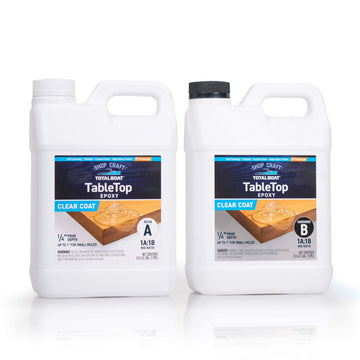
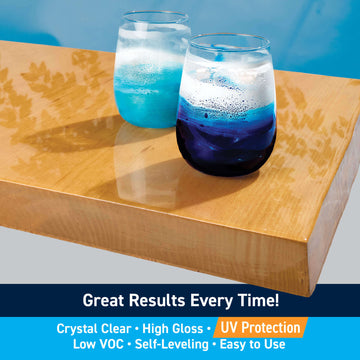
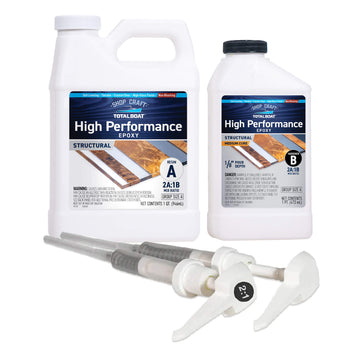
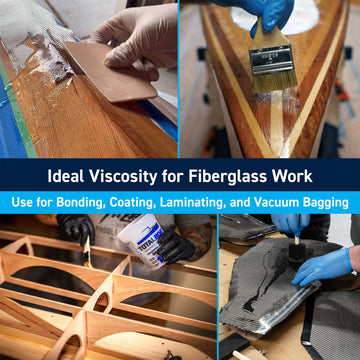
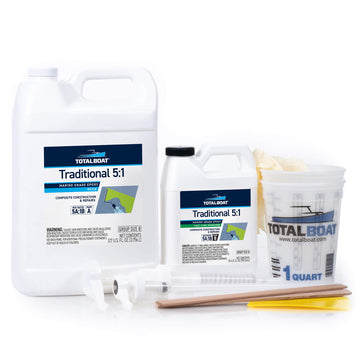
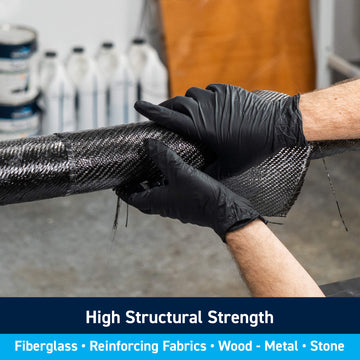
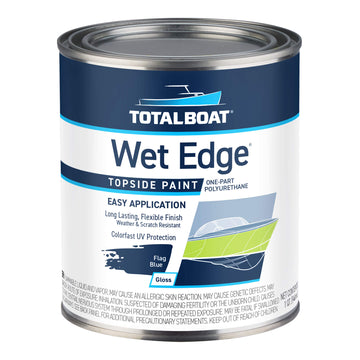
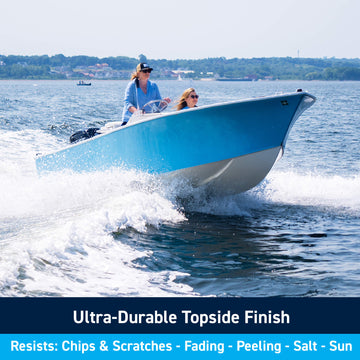
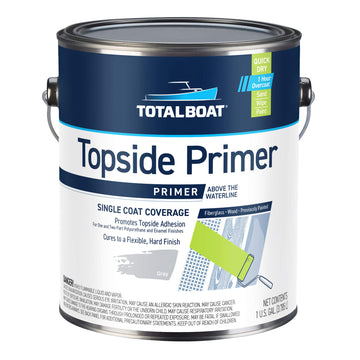
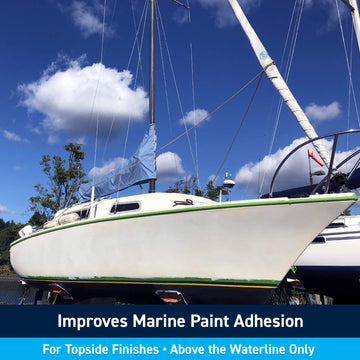
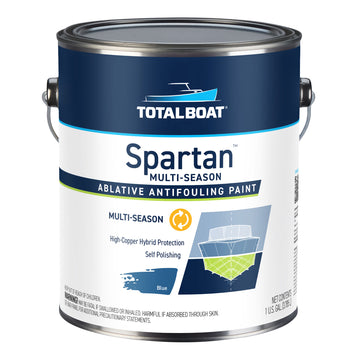
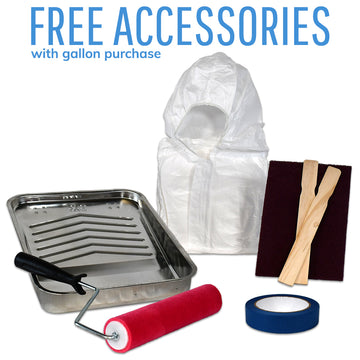
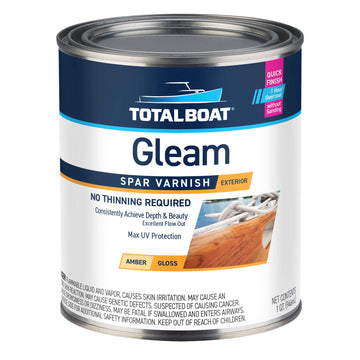
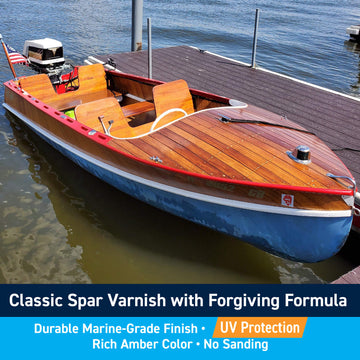
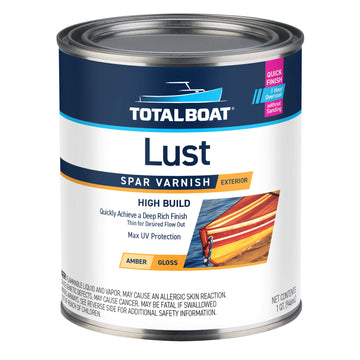
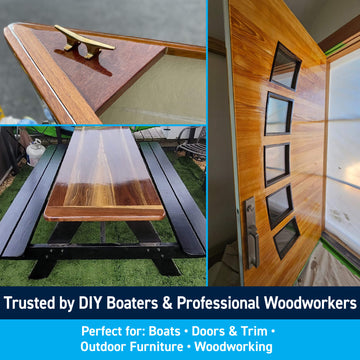
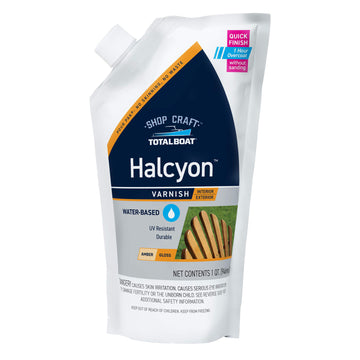
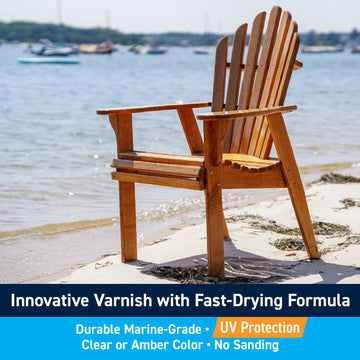




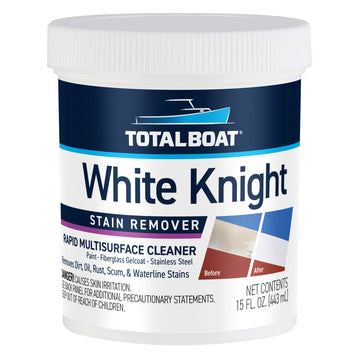
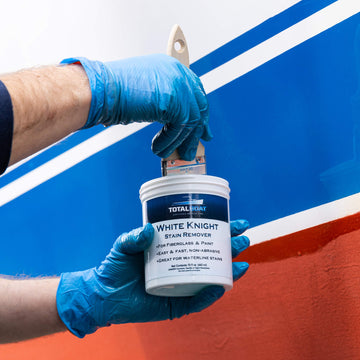



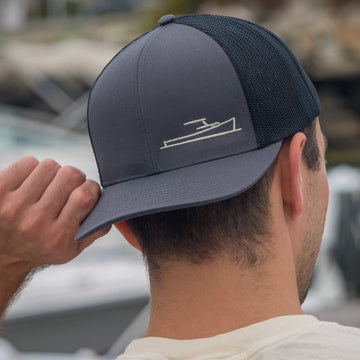
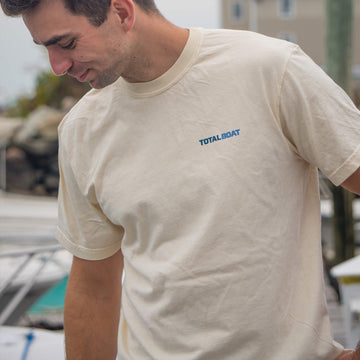
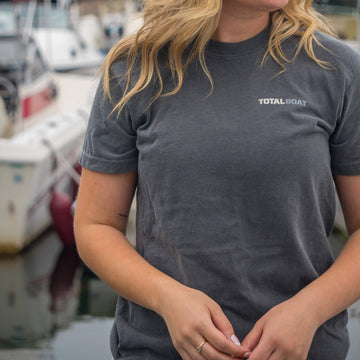
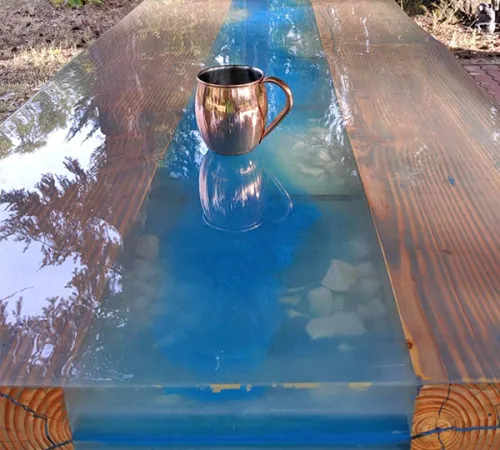
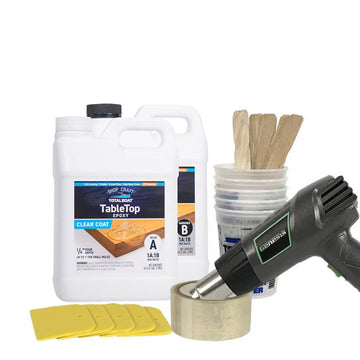
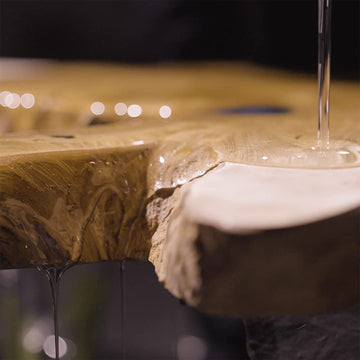
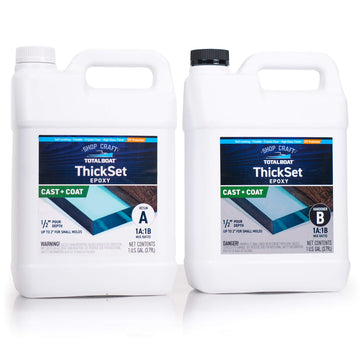
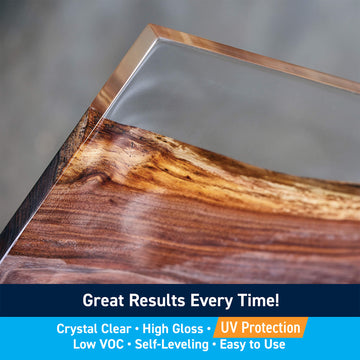
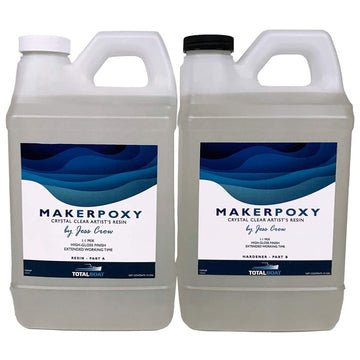
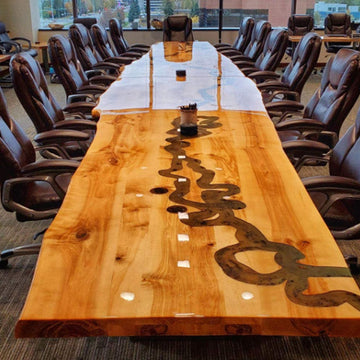
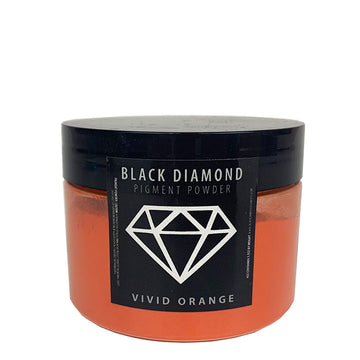
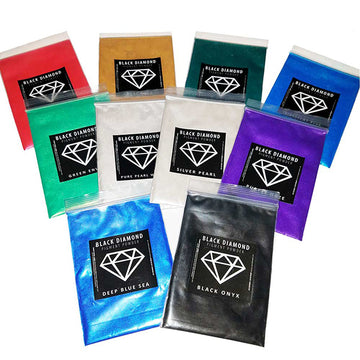
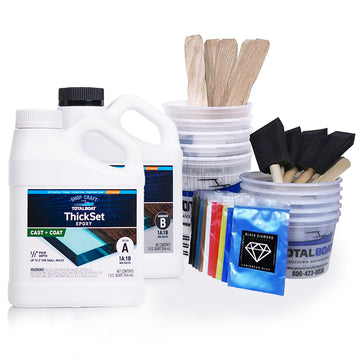





4 comments
Another option is polyurethane. There are two general categories – oil based and water based. IIRC, oil based is more durable, but prone to yellowing. Water based isn’t supposed to yellow, but I’ve not personally verified that. Just another option to consider.
Had a beautiful redwood table top. I coated it with Spar Varnish over a year or two the varnish got dull & yellowed. I sanded & recoated with the varnish several times over 7 years. I finally decided after 2.5 cans of stripper & 4 days of hard scrapping & repeated applications that I would opt for an epoxy coating, rather than repeating the varnish history. (It was a bitch to remove. ) After days & multiple grit sanding belts I finally got down to the natural redwood.
Now that I’ve sanded cleaned and applied 1 seal coat of epoxy & 2 float coats of epoxy, my outdoor bar table is STUNNING! Now I’m finding out epoxy is not UV stable!! 3 weeks of work & cure time & I am looking back at a possible redo? Holy crap! 36$ 12ft piece of redwood has cost me 200$ to redo & I could have just varnished the top to keep it UV potected?
Your website & directions should have a HUGE disclaimer not for outdoor use. I live by the So Cal beach….At this point I’m hopeful but disappointed in the info provided. I guess i assumed TOTALBOAT CLEAR BAR TOP meant the product had some marine/outdoor application duibility.
Built a 8’ Stars and Stripes picnic table and used a different brand of Epoxy. With in months it started to yellow, even though it claimed to have UV protection. Needless to say, I was not pleased. We live approximately 6000 feet above sea level, which takes it to another level of protection needed. I’m a little gun shy using epoxy again and I’m leaning towards just using a Marine Spar Varnish. What are your thoughts? THANK YOU
Hi there,
We are looking for a UV resistant coating for an outdoor wood facade in thermowood (Ash). It has a really nice color when applied but will turn grey really fast. Could you recommend a coating?
best regards,
Joris